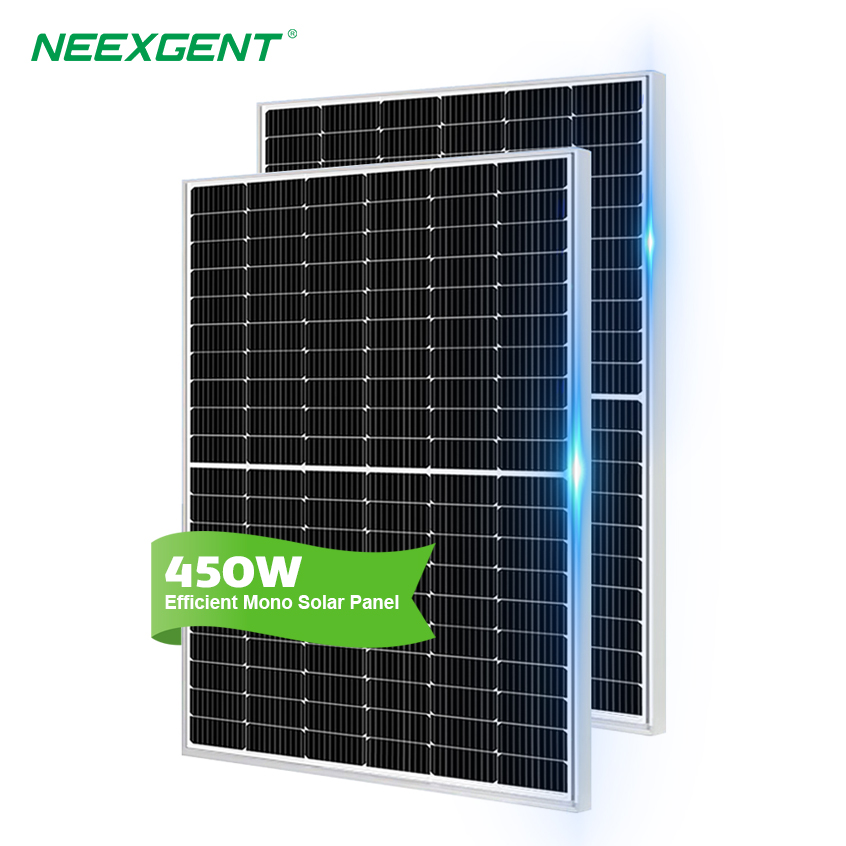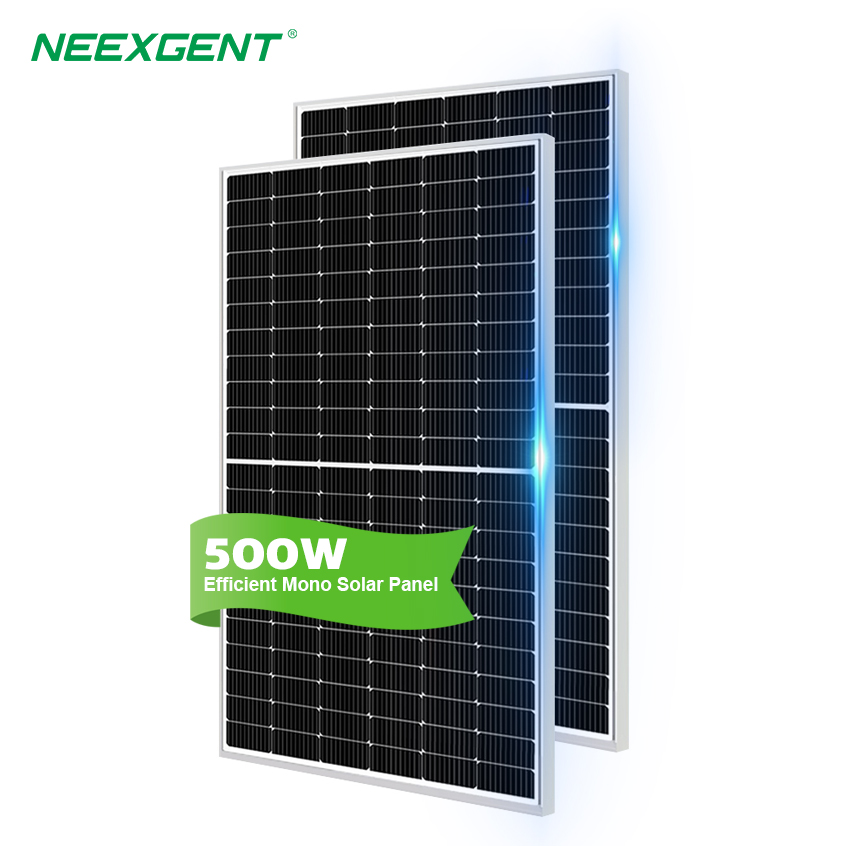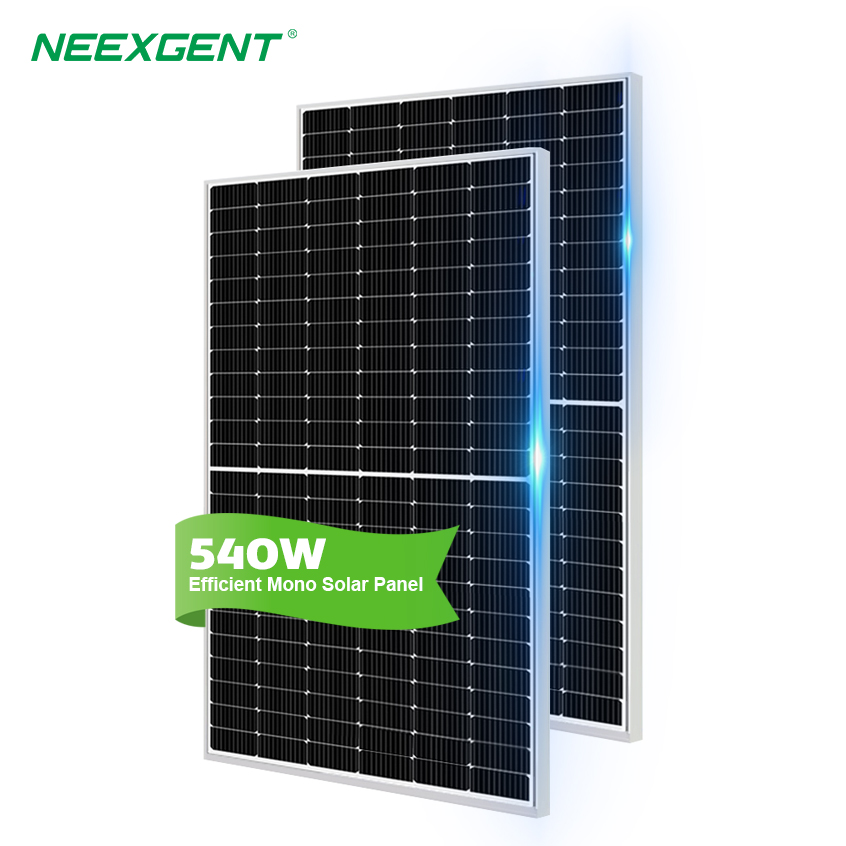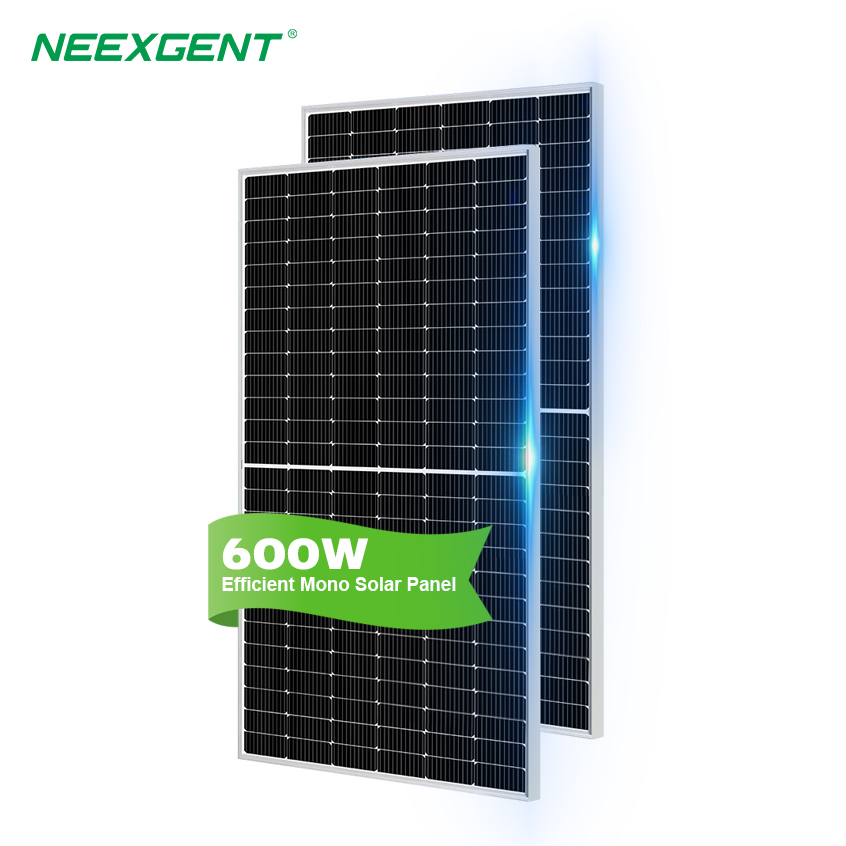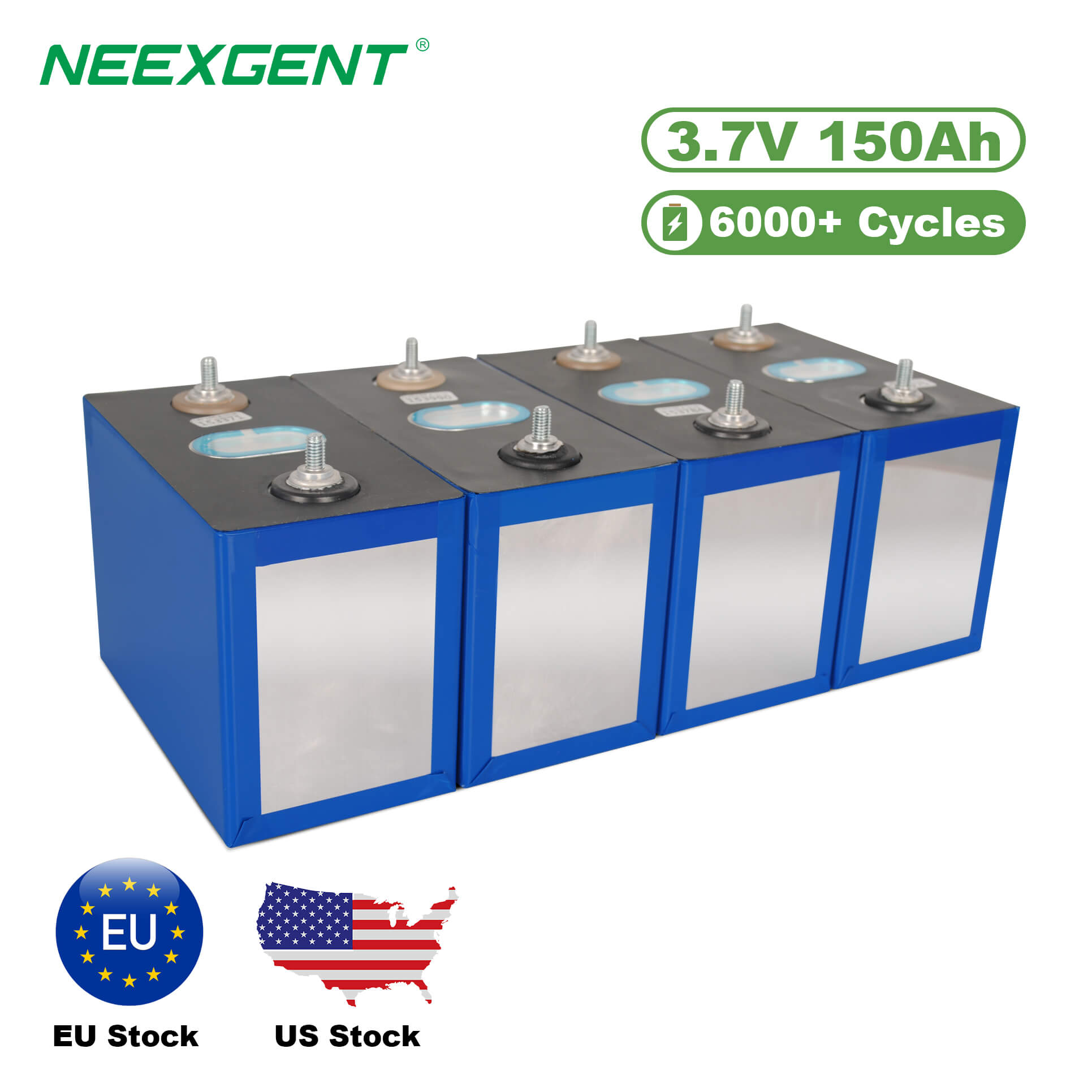Solar panel installation is a vital part of transitioning to renewable energy, but many homeowners and businesses have queries about the scope of the task. The timeline can vary based on system size, locati0n permitting, and complexity of installation. This article explains how long it normally takes to install solar panels and details each part of the process.
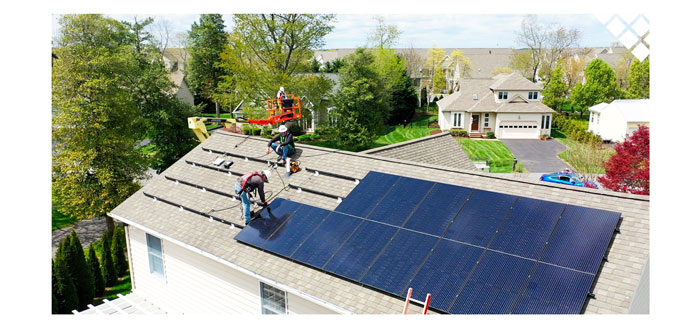
Factors Affecting Installation Time
There are a number of factors that impact how long a solar panel installation takes:
- System Size – Larger systems require more panels, more wiring, and more connections, which extends the installation time.
- Roof Condition – Repairs and/or reinforcements will take time to complete.
- Permitting and Inspections – Approvals from local governments and inspections by utilities can take time.
- Weather Conditions — Your installation may come to a standstill in poor weather or may take longer due to bad weather.
- Installer Experience – Expert and knowledgeable installers operate at peak efficiency.
- Place of Solar Panel System – Rooftop systems take less time compared to ground-mounted or solar farms.
Step-by-Step Breakdown of Installation Time
1. Initial Consultation (1–2 Weeks)
It starts with a consultation, where an installer assesses the roof, energy needs and financing options. The phase also involves system design and cost estimation.
2. Permitting & Approvals (2–6 Weeks)
Ghearing said most local governments mandate permits prior to installation. The timeline differs by region and how fast the authorities process applications. Some regions have quick approvals, others take a long time to review.
3. Ordering Equipment (1–4 Weeks)
After permits have been received, the installer orders solar panels, inverters, and mounting equipment. That process can be quick, if the products are on the shelves, but special orders or supply chain snags could stretch that timeline.
4. Installation Process (1–3 Days)
In reality, the installation phase is often the shortest phase. A hobbyist crew can help finish a residential system in one to three days, depending on system size and complexity. For ground-mounted systems, it might be even longer due to excavation and more added structural work.
5. Inspection & Approval (1–2 Weeks)
Local inspectors to inspect the system after installed to ensure the system meets safety and electrical standards. In some jurisdictions, inspectors are backed up and it can take time to get one out to a property.
6. Grid Connection (1–3 Weeks)
Regarding the grid-tied systems, the utility company has to approve and connect the system. Some are quick to approve applications, while those in areas where solar has grown most popular, such as California, can have lengthy wait times.
Total Time Estimate
This process generally takes between one and three months from consultation to full operation. In places where permitting and inspections are minimal, it can take as little as four to six weeks. In contrast, areas with intricate regulations can face delays that extend the timeline to three to four months.
Though solar panel installation is a lengthy process, having knowledge about this process can allow homeowners and businesses to prepare themselves for any potential delays. Installation itself is fairly quick, but permits and inspections usually take the most time. Therefore, working with an experienced installer and understanding local regulations as soon as possible can help expedite the process, enabling a smoother transition to clean energy.

